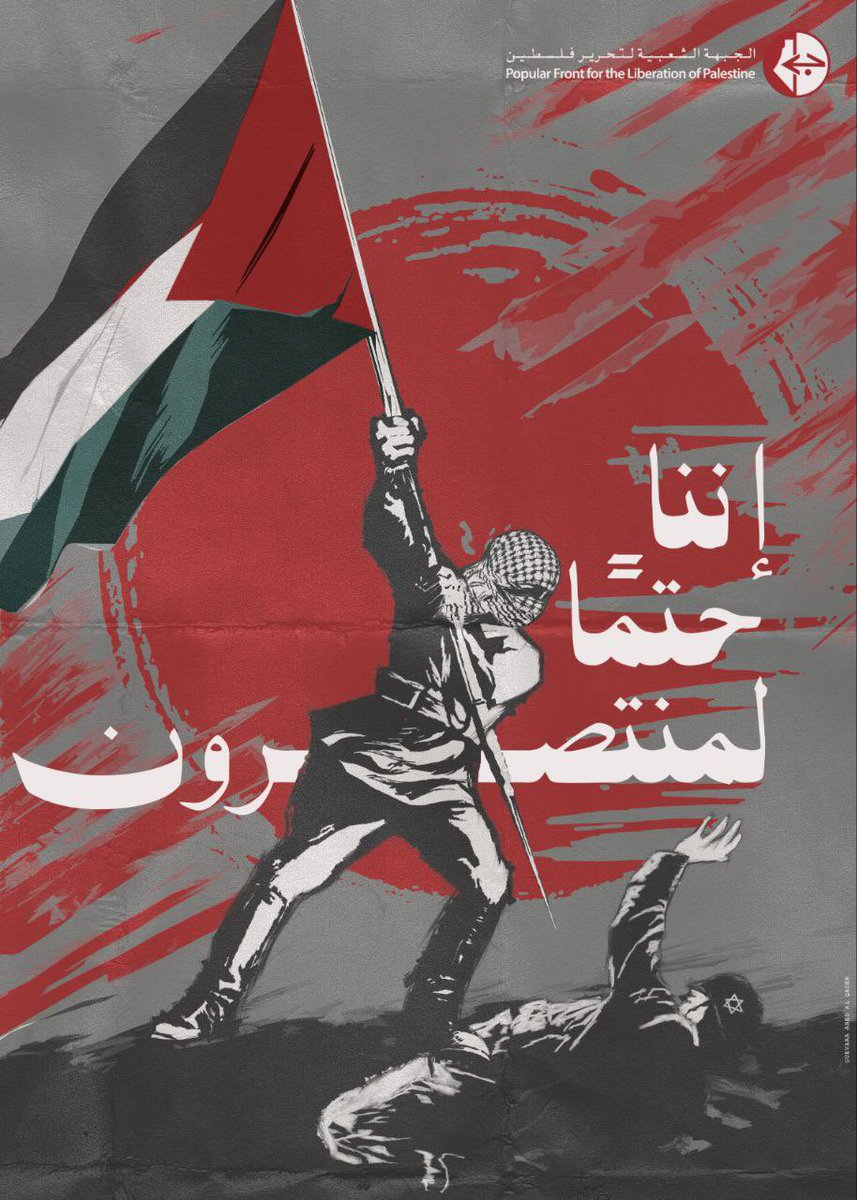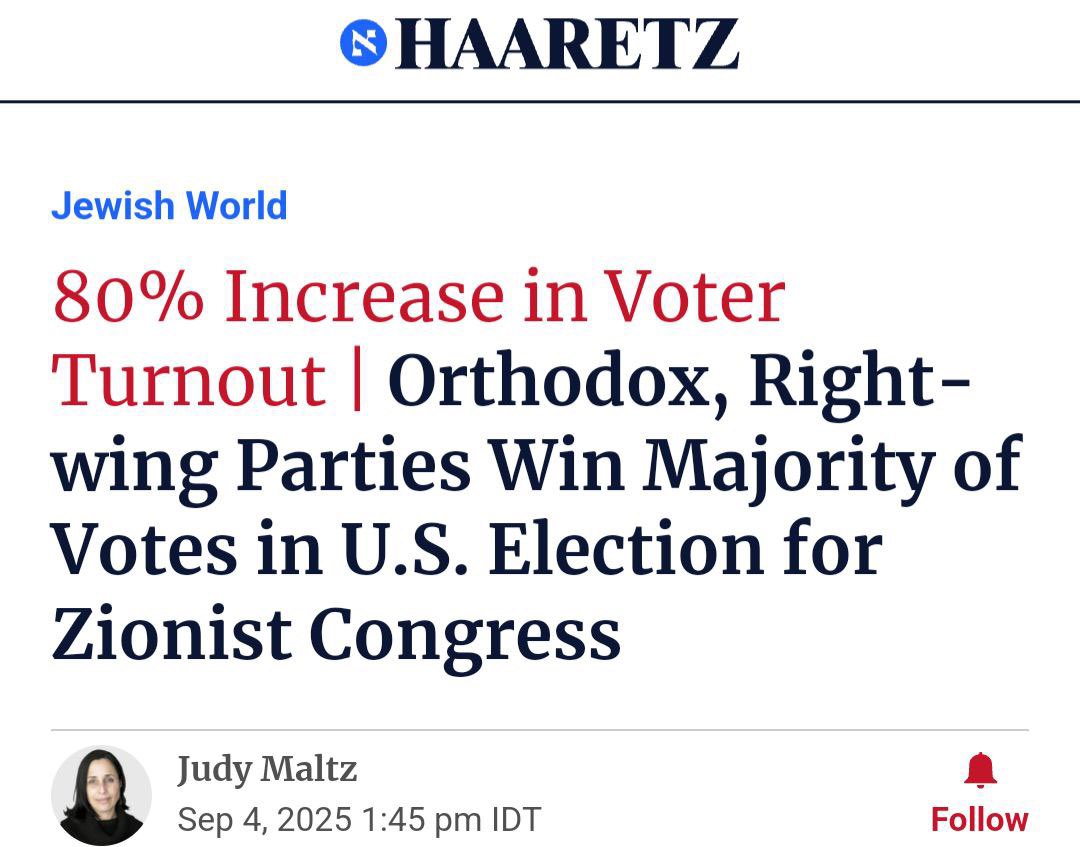What’s marketed as reform is in fact a hostile jurisdictional takeover. At the center of Lebanon’s financial recalibration sits K2 Integrity, now operating under a $12 million Banque du Liban contract signed in July and already under judicial challenge, its real function masked behind compliance language and post-government prestige.

K2 Integrity, a U.S. advisory firm rooted in post-9/11 financial policing, has moved aggressively into the Middle East, linking Antoun Sehnaoui, Daniel Glaser, and the Kroll family into a privatized enforcement scaffold.
Its co-founders, Jeremy and Jules Kroll, also launched KBRA and BlueVoyant, the latter stacked with ex-NSA, CIA, FBI Cyber, and Israeli Unit 8200 alumni. Behind the facade of compliance sits a sovereign backdoor, banking regulation, cyber forensics, and sanctions enforcement fused under private cover.
Its co-founders, Jeremy and Jules Kroll, also launched KBRA and BlueVoyant, the latter stacked with ex-NSA, CIA, FBI Cyber, and Israeli Unit 8200 alumni. Behind the facade of compliance sits a sovereign backdoor, banking regulation, cyber forensics, and sanctions enforcement fused under private cover.
K2’s MENA handout, distributed at FII and similar summits, lists Lebanon, Iraq, and Libya as jurisdictions under operational purview. Daniel Glaser is named “Global Head of Jurisdictional Services,” making him the central interface for onboarding central banks into U.S.-aligned financial control.



Before K2, Glaser was Assistant Secretary for Terrorist Financing at U.S. Treasury. Then he rotated into The Washington Institute (WINEP), an Israel-aligned policy machine shaping regional doctrine. His WINEP author page remains live. Glaser converted his official power into a private one.



Antoun Sehnaoui, head of SGBL’s Lebanon/Jordan operations and Banque Richelieu in France and Monaco, sits beside Daniel Glaser on the board of the “Institute for Financial Integrity”, a so-called NGO staffed by the same ex-Treasury officials now privatizing compliance across fragile economies.
He has been charged with money laundering, accused of enriching himself through Riad Salameh’s financial engineering, and linked to financing the “Soldiers of God” militia. Yet he turns up in U.S.–Israeli photo-ops with Morgan Ortagus, Hagar Chemali, and WINEP operatives, wearing a Zionist yellow ribbon while Lebanese banks collapse under his watch.


He has been charged with money laundering, accused of enriching himself through Riad Salameh’s financial engineering, and linked to financing the “Soldiers of God” militia. Yet he turns up in U.S.–Israeli photo-ops with Morgan Ortagus, Hagar Chemali, and WINEP operatives, wearing a Zionist yellow ribbon while Lebanese banks collapse under his watch.



In his BDL confirmation hearing, Karim Souhaid was pressed on ties to Antoun Sehnaoui, denying any close relationship, despite his notable presence in late August at a dinner hosted by Sehnaoui’s relative, MP Raji el Saad, for U.S. envoy Morgan Ortagus and Senator Lindsey Graham.
Weeks later, he approved K2 Integrity’s $12M contract.
Weeks later, he approved K2 Integrity’s $12M contract.
The pattern is consistent across K2’s MENA playbook:
→ Destabilize or sanction
→ Enter via AML/CFT mandates
→ Deploy ex-Treasury/WINEP staff
→ Integrate local financial elites (Sehnaoui)
→ Ingest national data (DOLFIN, BlueVoyant)
→ Embed U.S. oversight in core banking systems
→ Destabilize or sanction
→ Enter via AML/CFT mandates
→ Deploy ex-Treasury/WINEP staff
→ Integrate local financial elites (Sehnaoui)
→ Ingest national data (DOLFIN, BlueVoyant)
→ Embed U.S. oversight in core banking systems
The same Glaser-led K2 unit holds mandates in Iraq, advising Rafidain Bank and the Central Bank of Iraq, billed as AML/CFT modernization but structurally embedding U.S. supervision.
In Libya, K2’s footprint dates to 2020, intensifying in 2025 with direct work alongside the Central Bank. Same personnel, same playbook, same protocol access framed as governance consulting.
In Libya, K2’s footprint dates to 2020, intensifying in 2025 with direct work alongside the Central Bank. Same personnel, same playbook, same protocol access framed as governance consulting.
What’s unfolding is an economic occupation. Glaser’s team is wiring themselves into central bank telemetry, currency flows, and decision-making chains under the cover of compliance modernization.
Lebanon’s financial collapse was not an accident of mismanagement but the end state of deliberate extraction by its Maronite banking elite, led by figures like Antoun Sehnaoui, who profited from Riad Salameh’s engineered liquidity schemes.
The ensuing crisis is now the pretext for importing a U.S.-Israeli enforcement architecture: K2 Integrity at the central bank, BlueVoyant on the cyber layer, and political cover from the same sectarian networks that orchestrated the collapse.
The operation’s language is FATF compliance and reform; its function is the replacement of sovereign financial governance with a foreign-run operating system.
The ensuing crisis is now the pretext for importing a U.S.-Israeli enforcement architecture: K2 Integrity at the central bank, BlueVoyant on the cyber layer, and political cover from the same sectarian networks that orchestrated the collapse.
The operation’s language is FATF compliance and reform; its function is the replacement of sovereign financial governance with a foreign-run operating system.
• • •
Missing some Tweet in this thread? You can try to
force a refresh







